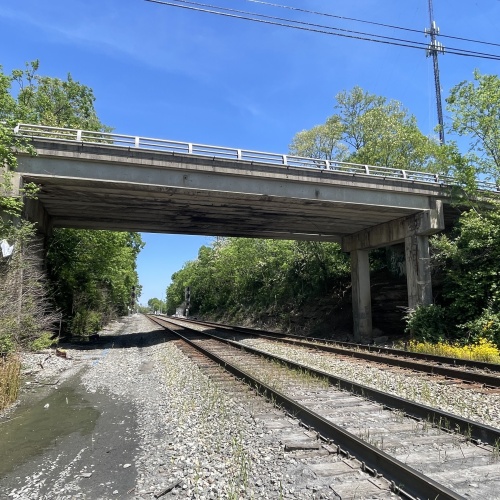Project Overview
A bridge constructed in the early 1970s, spanning railroad tracks, has faced severe corrosion issues, including rebar corrosion and concrete spalling caused by deicing salts used on the roadway above. The comprehensive rehabilitation project involves both substructure repairs and superstructure replacement to ensure the bridge's durability and safety.
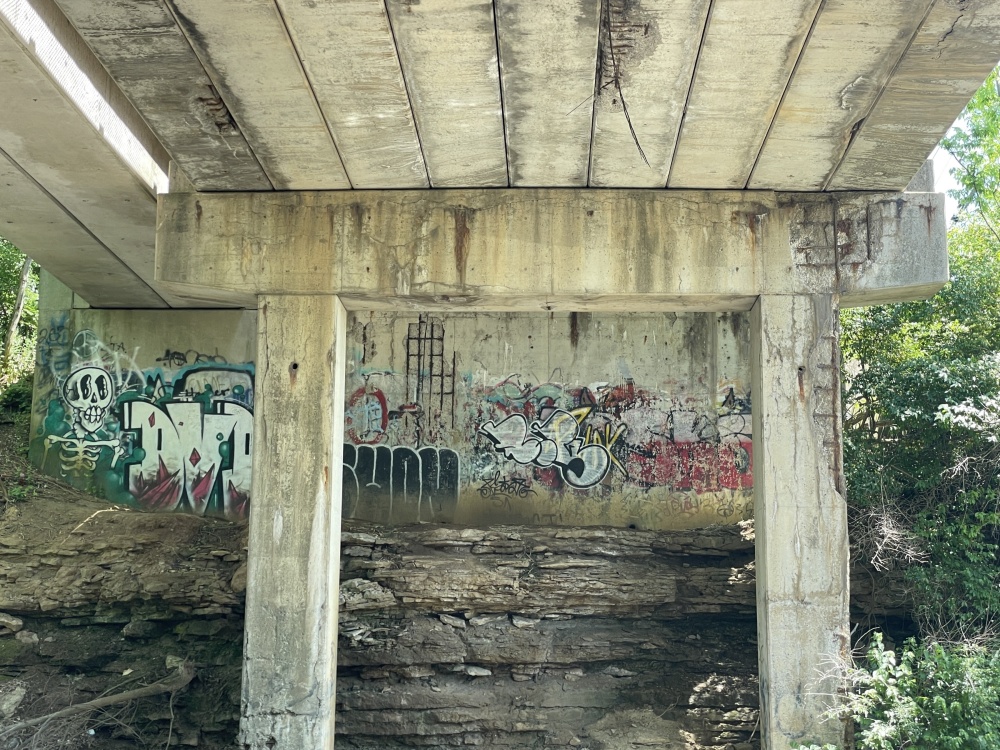
Substructure Rehabilitation
The existing columns and abutments are being meticulously repaired and strengthened with reinforced concrete. A key component of this enhancement is the integration of distributed galvanic anodes (Galvashield DAS). These anodes play a crucial role in:
Mitigating Active Corrosion: Effectively targeting and reducing active corrosion on the existing steel embedded in chloride-contaminated concrete.
Preventing New Corrosion: Protecting the new steel within the structural encasement from the onset of corrosion.
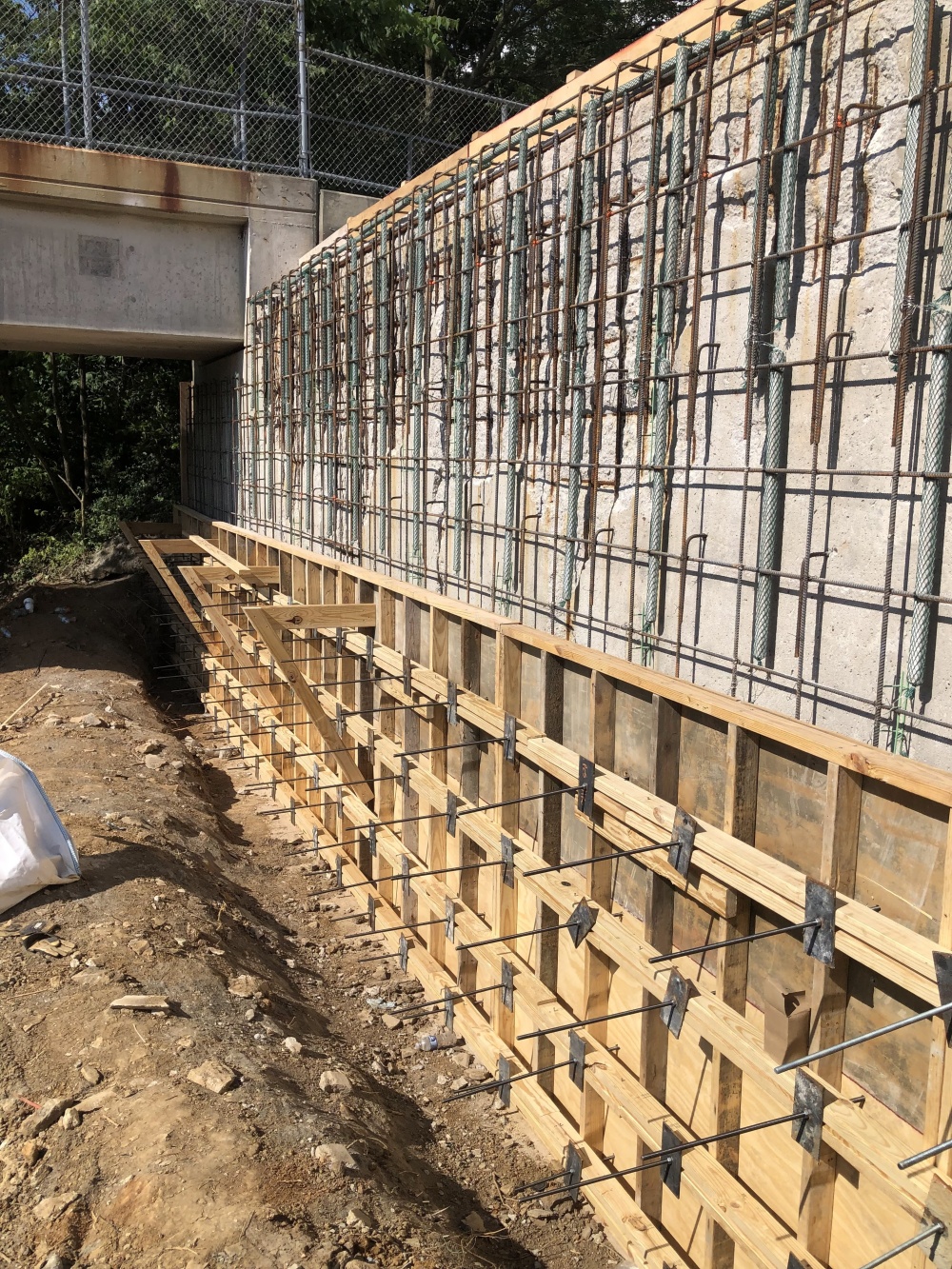
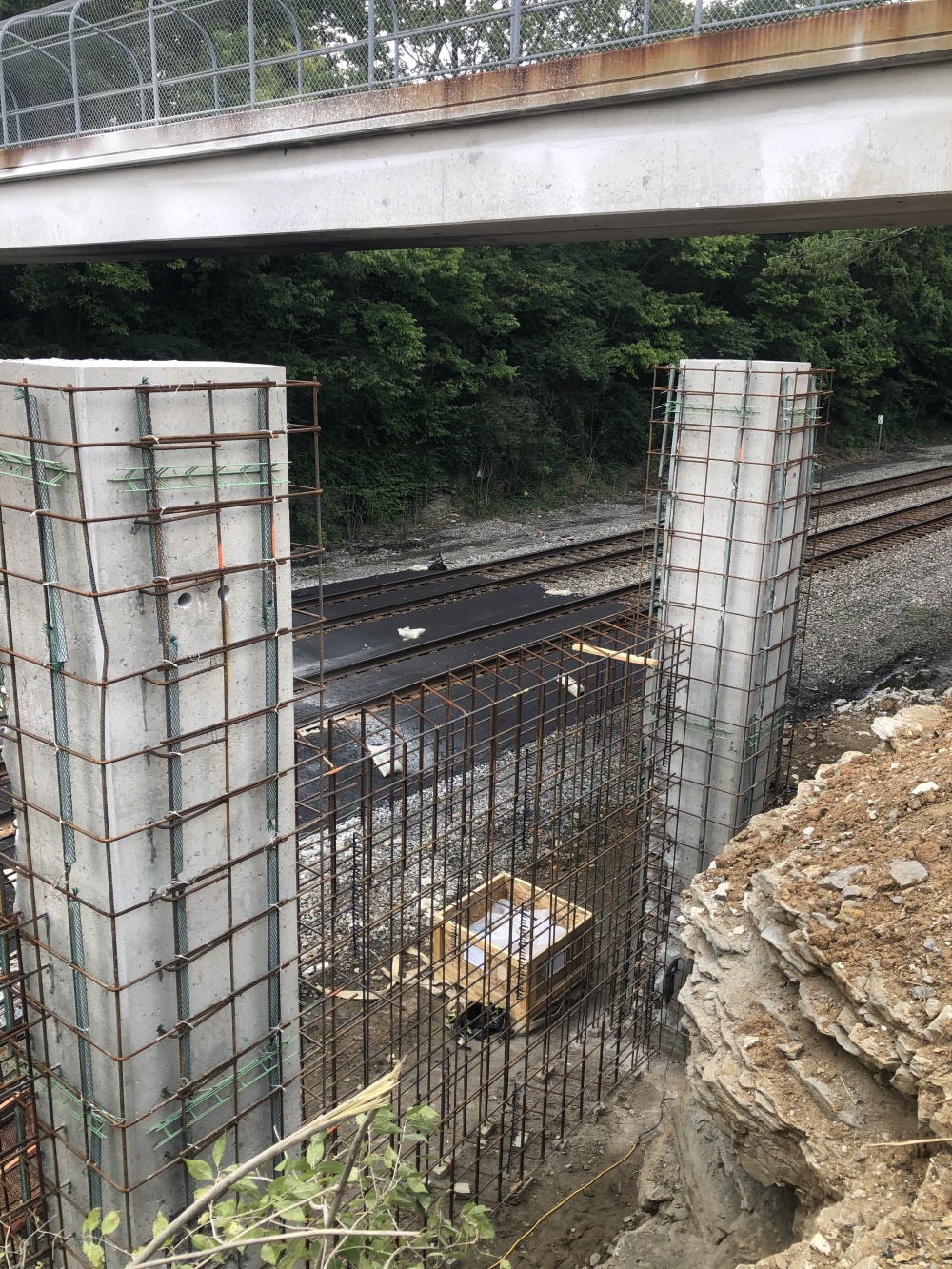
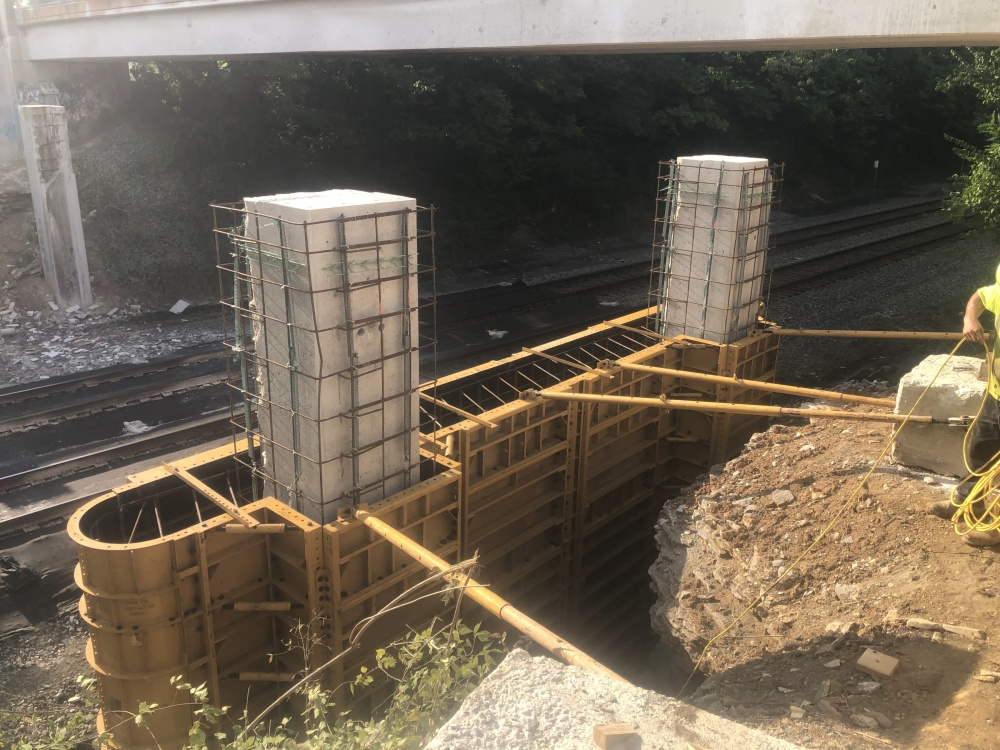
Structural Longevity and Durability
The galvanic anode system is designed for an impressive service life of 30 years. Throughout this period, the steel components will become increasingly passive and resistant to future corrosion, significantly extending the lifespan and reliability of the bridge.
By incorporating cutting-edge corrosion protection technology, this bridge rehabilitation project not only addresses current structural issues but also ensures long-term durability and safety for decades to come.
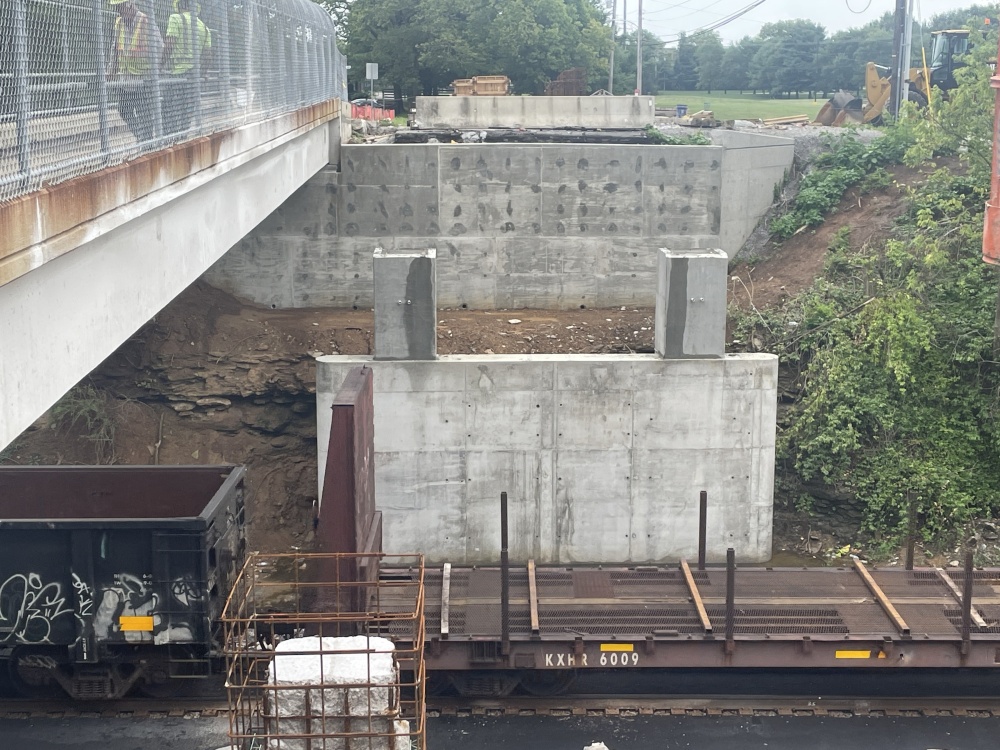
Technology Used
These innovative products and technologies were used on this project.
